

Fall II 2012
EPMD 1000. 12
© Bill Barrett 2012
Feedback (general opinions, problems, suggestions, etc.) on this hypersyllabus is encouraged! Bookmark this, but don't rely on printing it out. It is very likely that this page will be updated in the course of the semester.
Class description: Students learn the basics of media production using the media tools of photography, film, video, audio production, and interactive media. Students apply these fundamentals by participating in hands-on group projects.
Course Objective and Learning Outcomes: Brings beginning students of all communications disciplines to a certain level of media production literacy. It is the companion course to MEDC 1010, Introduction to Mass Communications, but with an emphasis on actual production. EPMD 1000 incorporates in its approach a combination of applied media aesthetics theory and hands-on production experience in Photography, Filmmaking, Audio and Video production. As a Core class, EPMD 1000 is a preparation for subsequent theory and production classes in the School of Communications. This course introduces students to the technical and creative aspects of media production. Students will be trained in production techniques in photography, film, audio and video.
Class attendance is very important this course. Your participation and attendance are a large part of your grade -- make sure both are exceptional. If you miss a class, your grade will be affected. If you miss two class sessions, you cannot pass the course. Arriving late or leaving early may be counted as absence. Written assignments and class presentations must be completed on schedule.
How you're graded (assessment criteria): Your final grade is based on your performance throughout the semester. attendance and active participation count for 30%; your two reaction papers count for 20%; in-class exercises (e.g. group projects and production exercises during class) count for 30%; the final exam counts for 20%. Doing more than required can earn you extra credit; talk to me outside class if you're interested. This is what grades mean....
| Text: Herbert Zettl, Sight, Sound, Motion: Applied Media Aesthetics (any edition is acceptable). (ISBN 0495095729). It is available in the Webster University Bookstore and from other vendors. There are also multiple copies in the library, both in the stacks and on reserve. | 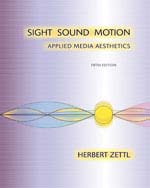 |
What we're doing and when:
Week 1 (10/22). Introduction to Media Production. Analysis of images, Introduction to Photography and Visual Literacy.
The origins of photography, and where we are now. Photograms.
Assignment: Read Chapters 1, 2, and 3 in Sight, Sound & Motion.
Week 2 (10/29). Perception and reality. How do we see what we see?
"Peace Little Girl" (a.k.a. "the daisy spot") was an ad in the 1964 presidential race between Lyndon B. Johnson and Barry Goldwater. It was shown only once as a paid ad, on September 7, 1964 -- but was replayed in its entirety on ABC and CBS network news.
Why lighting really does matter. We'll look at portraits by Arnold Newman.
Groups will shoot and then the class will critique photographs using digital tools. The light you should be looking for in the photos (as described in the text) is: cast shadow, fast falloff (direct light with textures), slow falloff (soft and diffuse), high key, low key, "Rembrandt lighting" (chiaroscuro), and silhouette.
| Nikon D50 cameras are available through the Media Center. |  |
Assignment: Read Chapters 4 and 5.
Week 3 (11/5). Light and Color. Seeing with rods, seeing with cones. So, really, what is color blindness? (Here is a good site for learning more about color vision deficiency, and taking a more thorough test.)
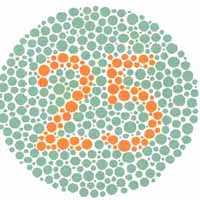 |
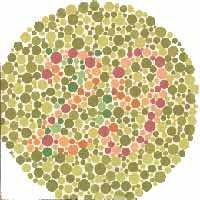 |
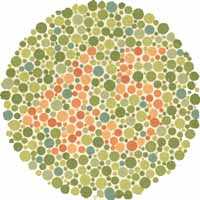 |
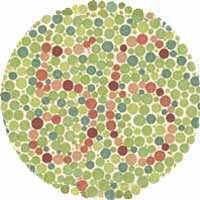 |
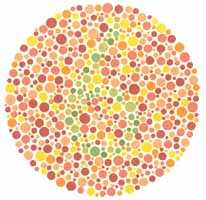 |
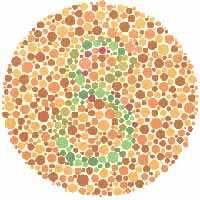 |
Let's get a sense of where visible light is found:
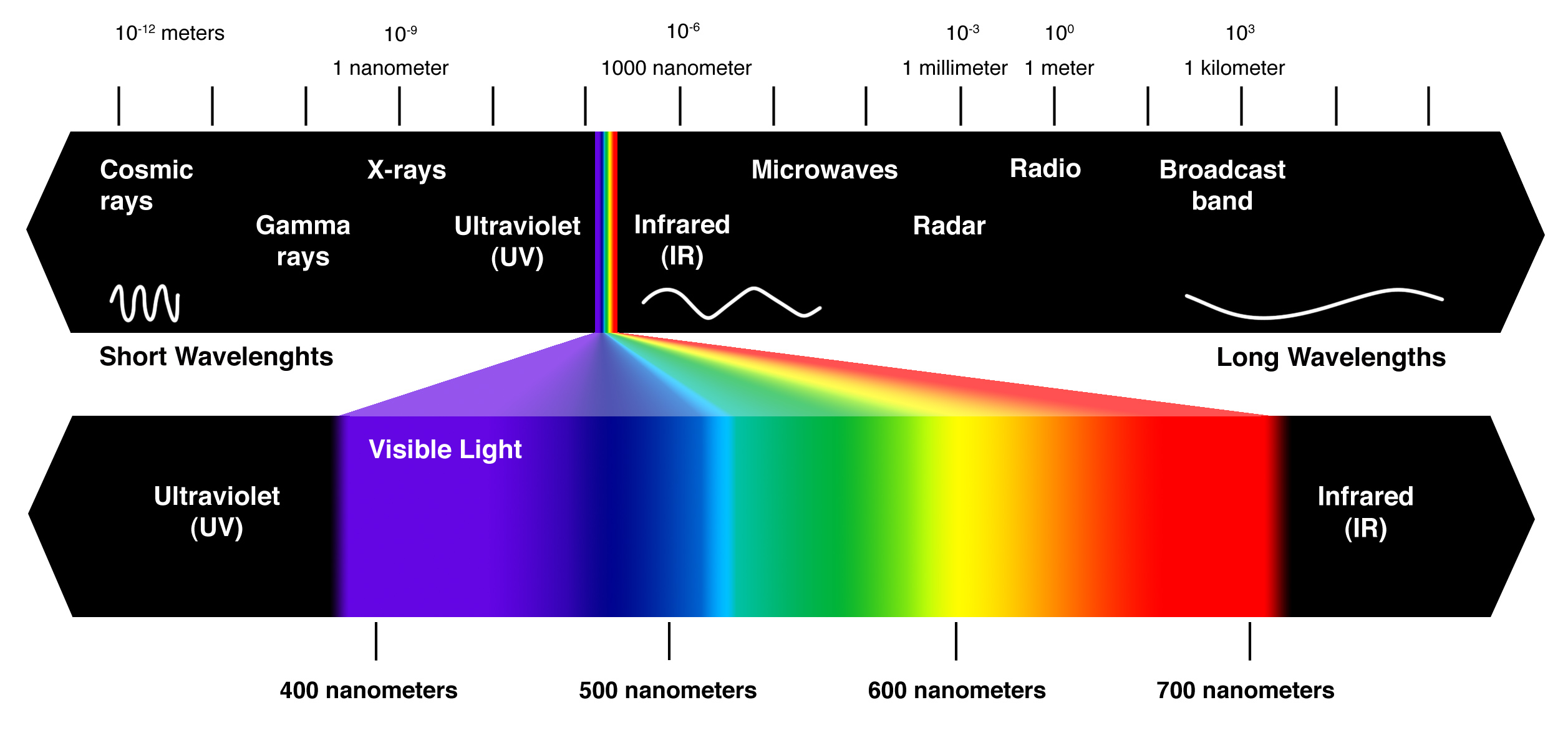
Additive and subtractive colors: what we add and what we subtract. (And about those "primary colors" you learned about in Primary School....) What your monitor is actually displaying on that white page.
Introduction to Photoshop and the Bridge. Camera raw vs. JPEG; simple adjustments with levels and curves; image size and Save As. Sending files via FTP. Reviewing our photos from last week.
Introduction to animation. Shooting an animation.
Working with image sequences in Photoshop, and rendering the animations as video. Assignment: Read chapters 6 and 7.
Week 4 (11/12). Introduction to filmmaking. Looking at animations from some previous classes: People and Coins Origami crane, Magic clothes, Library stairs, Cafeteria fight. Introduction to Audio Production. Why is audio so important? In the immortal words of Stan Freberg, "Cue the maraschino cherry!" How about microphones (for the rest of us)?
Assignment: Bring sounds for next week. Read Chapters 8 and 9.
Week 5 (11/19). Working with sounds.
Week 6 (11/26). Introduction to Video Production.
Plan group shoot. We're using  Panasonic mini-DV cameras (and here is the user guide in PDF format). Groups shoot. Assignment: Read chapters 10, 11, and 12.
Panasonic mini-DV cameras (and here is the user guide in PDF format). Groups shoot. Assignment: Read chapters 10, 11, and 12.
Week 7 (12/3). Groups edit their videos. Class evaluations.
Week 8 (12/10). Show and discuss final videos. What would you do differently if you were doing it over again? What would be different if you had six months to work on it? Final exam.